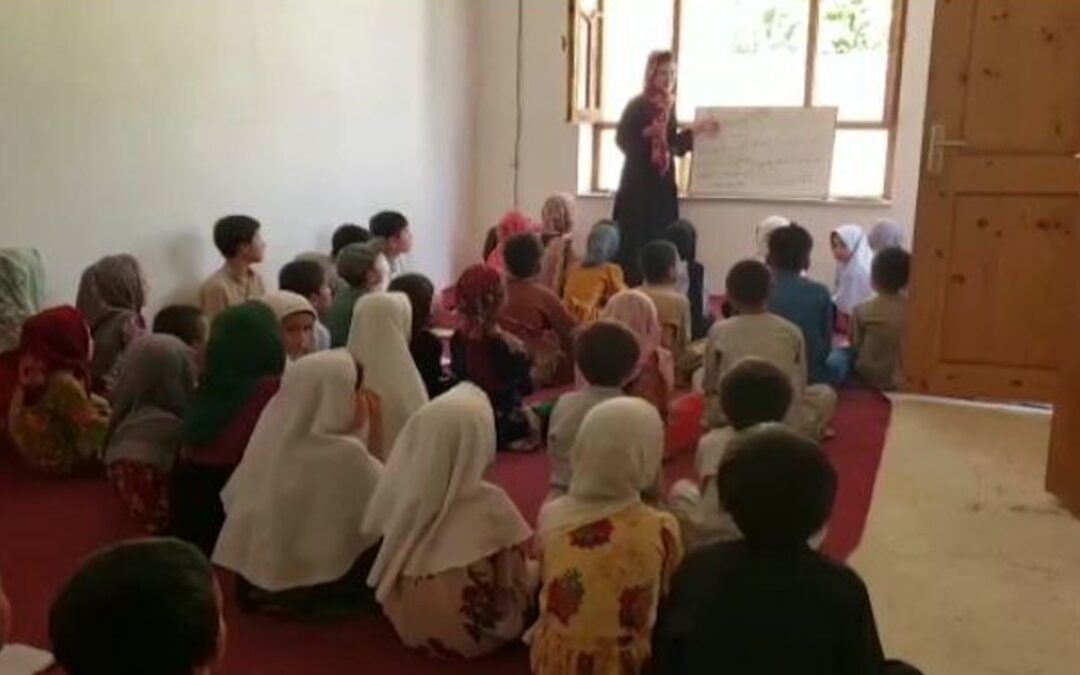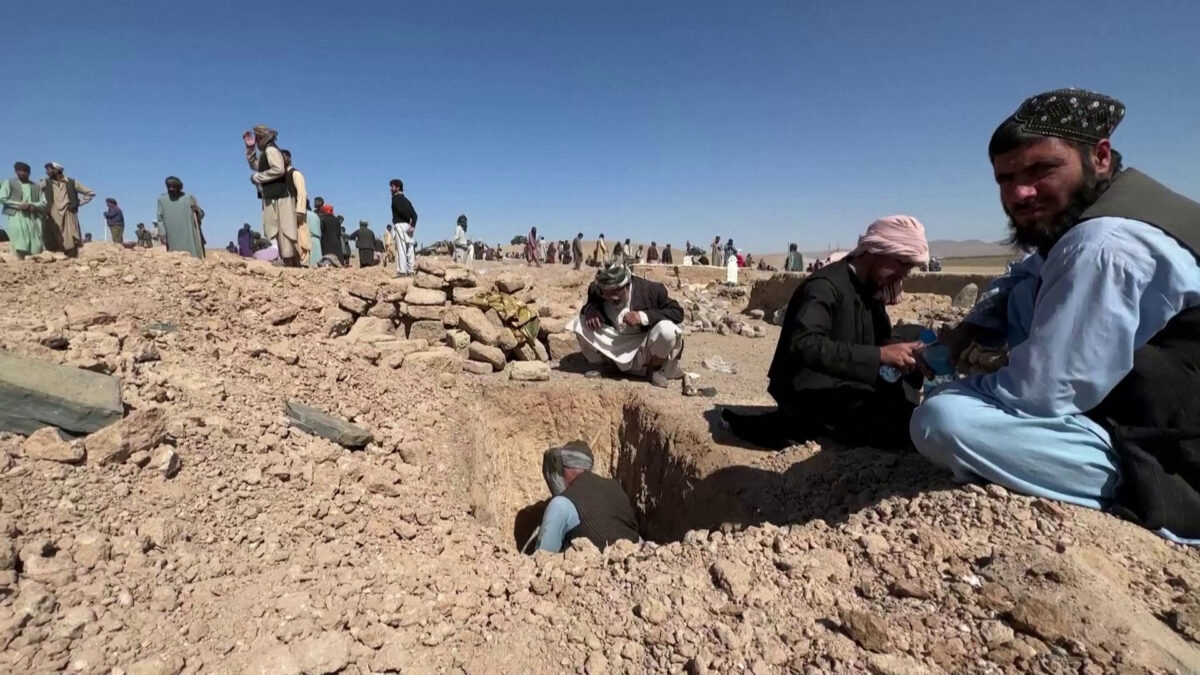Contaminants in cannabis and hemp flowers create potential for health risks
Team of researchers urges further study and evaluation of standards for medical use
IMAGE:
MATURE CANNABIS INFLORESCENCES EXHIBIT A LARGE FLORAL STRUCTURE THAT IS COMPOSED OF FEMALE REPRODUCTIVE ORGANS (PISTILS), INFLORESCENCE LEAVES, AND THE BRACTS SURROUNDING THEM. PHOTO FROM FRONTIERS IN MICROBIOLOGY, COURTESY OF Z. PUNJA.
view moreCREDIT: PHOTO FROM FRONTIERS IN MICROBIOLOGY, COURTESY OF Z. PUNJA
Cannabis use, even for medical purposes, could make some people sick due to harmful fungi that contaminate the plants.
That is the finding of a recently published peer-reviewed journal article, whose authors recommend further study and consideration of changes to regulations to protect consumers, especially those who are immunocompromised. They examined data, previous studies, and U.S. and international regulations related to the cannabis and hemp industry.
The article was published in Frontiers in Microbiology. It was researched and written by Kimberly Gwinn, professor of entomology and plant pathology at the University of Tennessee Institute of Agriculture: Maxwell Leung, assistant professor, and Ariell Stephens, graduate student, both from the School of Mathematical and Natural Sciences at Arizona State University; and Zamir Punja, professor of plant pathology/biotechnology at Simon Fraser University, Burnaby, British Columbia, Canada.
“Hemp and cannabis are new crops, and we are in the early stages of understanding relationships with their pathogens. Several pathogens produce mycotoxins, compounds that negatively impact human health and are regulated in other crops. In this review, we summarize the current literature on mycotoxins in hemp and cannabis products, identify research gaps in potential mycotoxin contamination in hemp and cannabis, and identify potential developments based on research in other crop systems,” Gwinn said.
Cannabis research has mostly focused on the substance and medical uses of the plant, but with the increased legalization of cannabis for various uses, this article addresses the need for more study of potential health risks.
“Although fungi and mycotoxins are common and well-studied contaminants in many agricultural crop species, they have been generally under-studied in cannabis and hemp. This is partly because human health risk assessment methodologies used to regulate food and pharmaceuticals have yet to become standard for the emerging cannabis and hemp industries. Additionally, the wide range of consumer uses of cannabis and hemp flowers, including for medical use by patients with susceptible conditions, makes it uniquely challenging to assess and manage human health risk of these contaminants,” according to the article.
The authors discuss Aspergillus, Penicillium, Fusarium, Mucor, and other fungi that can infect the plants and can produce mycotoxins; review the regulations and assessment methods of the contaminants; and offer recommendations to produce safer products for all consumers. Environmental factors such as where the plants are grown, whether indoors or outdoors, and in soil or soilless media, may impact the kinds of contaminants and ensuing health risks.
Studies reviewed by the authors show some fungi may cause infection on lung and skin tissues, and these infections were most common when smoked and less common in edibles. They also found cancer patients using cannabis to help with nausea and appetite as well as transplant patients and consumers with HIV and type 1 diabetes may be particularly susceptible to infection. Studies also show workers harvesting cannabis could also be at risk. The authors encouraged consumers who are immunocompromised to use products that have been sterilized until better data are obtained.
The authors studied international and U.S. standards for these contaminants, but there is a lack of data on the prevalence of the contaminants and their health impacts. Another issue for consumers is the varying levels of legalization of cannabis products from state to state, which has resulted in each state creating its own regulations. Fusarium mycotoxins, a prevalent class of fungal contaminants in agricultural commodities that can result in vomiting, are not currently regulated.
Assessing and testing for pathogens can be problematic, as the authors found when they studied various methods including culture-based assays, immuno-based technologies, and emerging technologies. The article also examines management of the possible toxins before harvest and after harvest. “A major hurdle faced by cannabis and hemp industries is addressing the disconnect between production-related issues and human safety issues,” the article states. Recreational use of hemp and cannabis is common in many areas and all case studies linking cannabis use and fungal infections, except one, involved patients who were immunocompromised. The authors suggest a potential solution is “to reduce potential harm to medical users of cannabis from toxigenic fungi is to develop a two-tier system that distinguishes products intended for medical and recreational use.”
“We wrote this article to bring these issues to the attention of the scientific, medical, and regulatory communities. We hope to encourage further research in this area, particularly in the areas of mycotoxins in product. Better data and public access to data will allow us to fully evaluate these risks and subsequently ensure safe products for consumers,” Gwinn said.
The University of Tennessee Institute of Agriculture is composed of UT AgResearch, UT College of Veterinary Medicine, UT Extension, and the Herbert College of Agriculture. Through its land-grant mission of research, teaching and extension, the Institute touches lives and provides Real. Life. Solutions. utia.tennessee.edu.
mycelium (IMAGE)
Proliferation of mycelium of a Fusarium species within cannabis inflorescence tissues under conditions of high humidity.
CREDIT
Photo from Frontiers in Microbiology, courtesy of Z. Punja.
JOURNAL
Frontiers in Microbiology
ARTICLE TITLE
Fungal and mycotoxin contaminants in cannabis and hemp flowers: implications for consumer health and directions for further research
ARTICLE PUBLICATION DATE
19-Oct-2023





